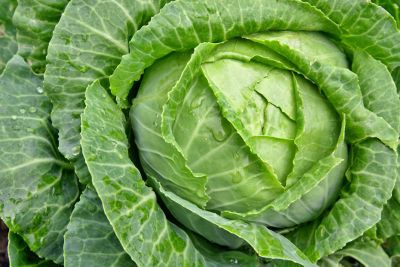Get started as early in spring as possible so you can harvest the cabbages before the peak of summer. If you live in a mild climate, you can grow a second crop in late summer for harvest in winter or spring. Read on for more Earliana cabbage info, and learn about growing this sweet, mild cabbage in your own garden.
Growing Earliana Cabbage Variety
For an early harvest, start seeds indoors. Earliana cabbage variety can be planted outdoors three to four weeks before the last frost in spring, so start seeds four to six weeks before that time. You can also plant cabbage seeds directly in the garden as soon as the ground can be safely worked in spring. Before planting, work the soil well and dig in two to four inches (5-10 cm.) of compost or manure, along with a balanced, general-purpose fertilizer. Refer to the label for specifics. Transplant cabbage into the garden when the seedlings are three to four inches (7.5-10 cm.) tall. Thin Earliana cabbage to a spacing of 18 to 24 inches (45.5-61 cm.) when the seedlings have three or four sets of leaves. Water Earliana cabbage plants deeply when the top of the soil is slightly dry. Don’t allow the soil to be either soggy or bone dry, as extreme moisture fluctuations may cause an unpleasant flavor and may result in splitting. Preferably, water plants early in the day, using a drip system or soaker hose. To prevent diseases, try to keep the leaves as dry as possible. Apply a layer of mulch around Earliana to conserve moisture and discourage the growth of weeds. Fertilize Earliana cabbages about a month after the plants are thinned or transplanted. Apply the fertilizer in a band between the rows, then water deeply.
Harvesting Earliana Cabbage Plants
Harvest your cabbage plants when the heads are firm and have reached a usable size. Don’t leave them in the garden too long, as the heads may split. To harvest Earliana cabbages, use a sharp knife to cut the head at ground level.
